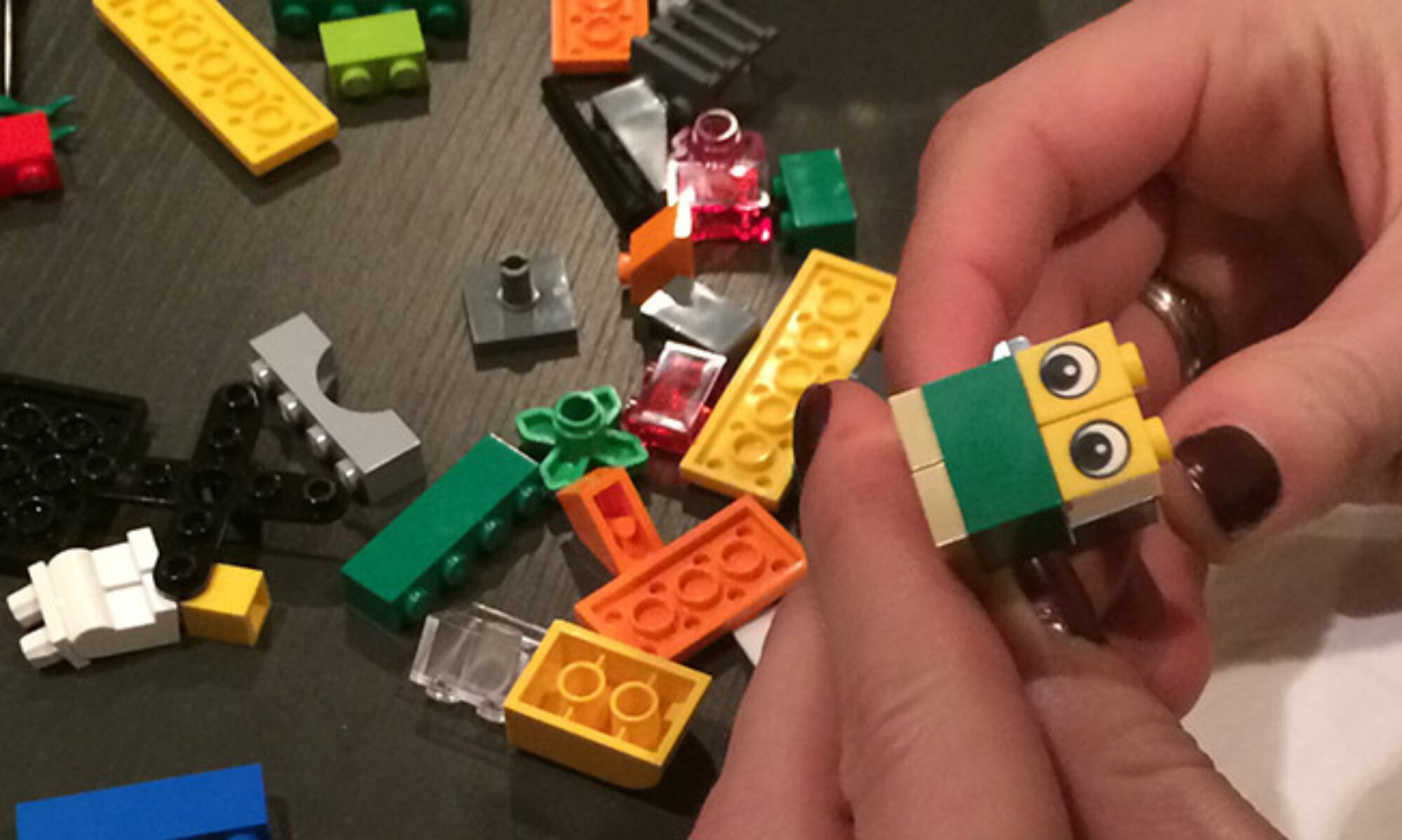We believe that narrative approaches not only enriches the field of positive psychology but also helps us grow as individuals and groups. It does so by emphasizing and exploring the stories we create and tell about what works well in our lives.
Narrative practices have developed useful ways to have conversations with ourselves and with others, to explore our values, skills, commitments and dream. Narrative methods help us make sense of who we are and to bring us closer to how we prefer to be. It therefore seems apparent that together these two fields of knowledge, positive psychology and narrative practices, can help us to find ways to strengthen our preferred identities, and to explore the strongest and most resilient versions of ourselves and the most benefecial version of the groups we interact in.
Know me – know my story
Narrative identity is the story a person constructs to organize and make sense of his or her life as a whole. It includes the person’s reconstruction of the past and his or her vision or dream about the future. Narrative psychology emphasizes the importance of stories in our lives because human beings organize their life experiences as stories and we seek to find meaning in our life through the stories.
A story is series of events that are linked together through time, and these interconnected events have meaning for the person (Morgan, 2000). As Margarita Tarragona (2008) argues in her book “Positive Identities”, the stories we tell about our lives are not simply accounts of our experiences, they also generate experiences: how we fell, what we think, what possibilities and obstacles we see for ourselves. The same events can be storied in a variety of ways and these different ways will make a difference in how life is experienced. One of the central premises of narrative practice is that the ways in which we narrate our experiences have a big impact on how we feel and think, on how we see ourselves and our relationships, and how we relate with other people.
According to the narrative approach understanding our identity demands that we understand our life stories. As expressed by professor in psychology, Dan P. McAdams:
“If you want to know me, then you must know my story, for my story defines who I am. And if I want to know myself, to gain insight into the meaning of my own life, then I, too, must come to know my own story. I must come to see in all its particulars the narrative of the self – the personal myth – that I have tacitly, even unconsciously, composed over the course of my life. It is a story I continue to revise, and tell to myself (and sometimes to other) as I go on living.” (McAdams, 1996)

